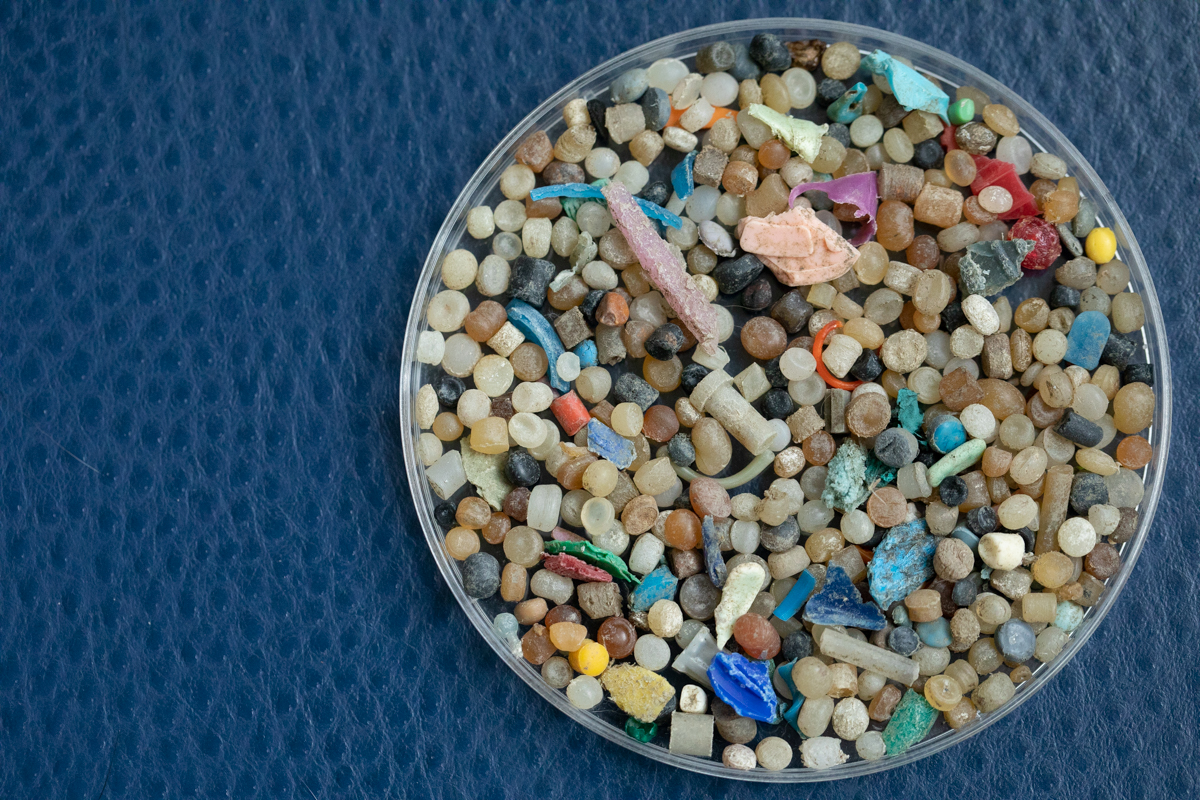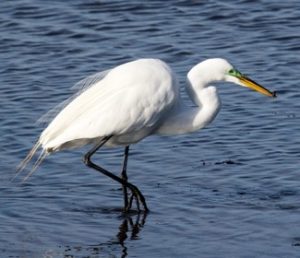Written by Haley Kardek, AmeriCorps NJ Watershed Ambassador
On March 10th, I asked a class of first graders in Manahawkin, New Jersey if they knew what pollution was. One girl’s hand shot up and she responded with a reply that would surely impress any watershed educator: “Pollution is stuff like trash that someone throws out their car or on the ground and then, when it rains, that trash moves and goes into drains and rivers and then travels to the ocean where animals like turtles and fish and whales think the trash is food and will eat it and get sick and die.”
She was certainly right; that is exactly what is happening to a lot of our trash around the world today. And the extent, unfortunately, may be a lot larger than people realize.
As an AmeriCorps New Jersey Watershed Ambassador, I serve the Barnegat Bay Watershed Management Area by teaching both students and adults about watershed-related topics, such as non-point source pollution, as well as participating in water-focused research projects. One such project I am taking part in is a citizen-science pilot study of microplastics on New Jersey’s shores.
Microplastics are small pieces of plastic, typically defined as 5mm or smaller. They are either formed when plastic pollution, such as a bottle cap, fragments due to environmental forces (such as sunlight and wave action) or when pre-production plastic resin pellets (commonly referred to as “nurdles”) somehow end up in the environment instead of being formed into plastic products as intended.
The pilot study of microplastics is in its first year and is being organized by Save Coastal Wildlife and The Plastic Wave Project, two non-profit organizations based in Monmouth County. Participants select sites and, during two-week-long sampling periods in each of the four seasons, sieve for microplastics at the low-tide, high-tide, and wrack/dune lines.
I teamed up with Dave Hall, a Barnegat Bay Master Naturalist, to organize sampling throughout the bay. During the winter sampling period, we sampled at 11 sites from the Point Pleasant Inlet to the end of Great Bay Boulevard and found microplastics at every site, including a large amount of nurdles at various locations in Island Beach State Park.
As a citizen-science study, one of the main goals of the project is to help educate people about microplastics and show them that they are here, on the very beaches we walk, fish, and play on. The study certainly succeeds in this respect. Most times that I have sampled, beachgoers have stopped me to ask what I am looking for. When they do, I show them my sample and, nine times out of ten, they are amazed.
Microplastics are truly among us. One study even estimates that 94.4% of the tap water in the United States contains plastic fibers (Kosuth, Mason, and Wattenberg, 2018).
When I presented in March to that class of first-graders, I stressed out about how I would talk with the students about these microplastics and their abundance in the world around us. As I pulled out a glass jar with microplastics I had collected in just an hour on the beach in Mantoloking, I hesitated to share with them that they most likely are in our water, our food, and the land beneath our feet.
I told them what I felt I could: “When trash on our land ends up in our water, it can break down into these very tiny pieces of trash. If you were a fish swimming in the ocean, do you think you could confuse it with food?” Another girl raised her hand. She said, “One time, my dad got a fish for dinner and, when he cut it up, there were pieces of trash like that all inside.”
For the second time that day, I thought to myself, “Wow, they already knew.”
Source:
Kosuth M, Mason SA, & Wattenberg EV (2018) Anthropogenic contamination of tap water, beer, and sea salt. PLoS ONE 13(4): e0194970. https://doi.org/10.1371/journal.pone.0194970.


